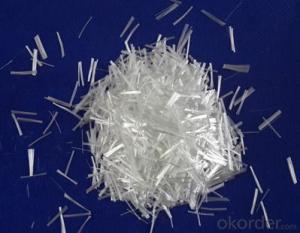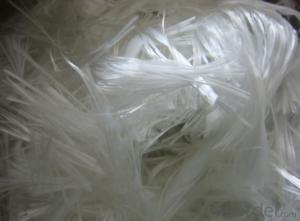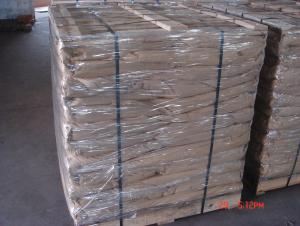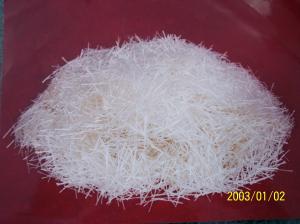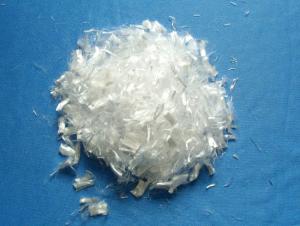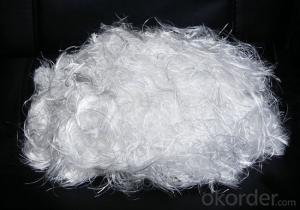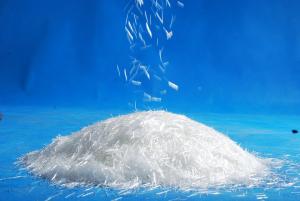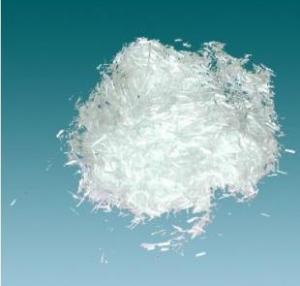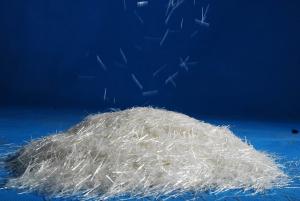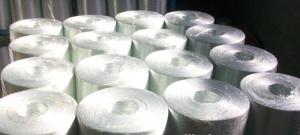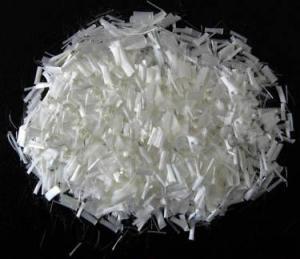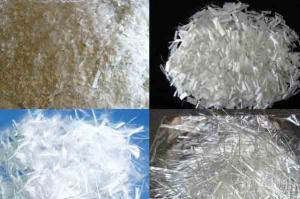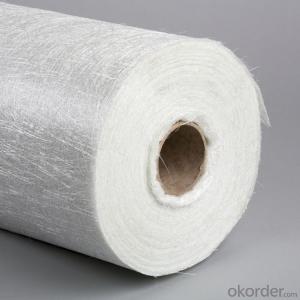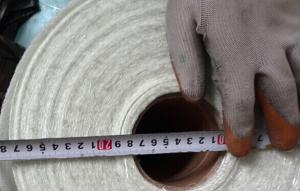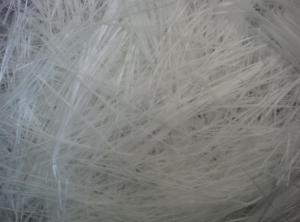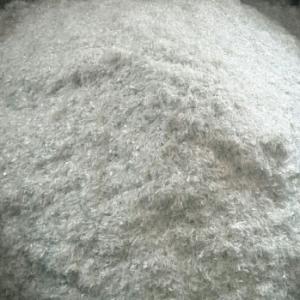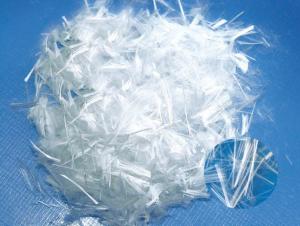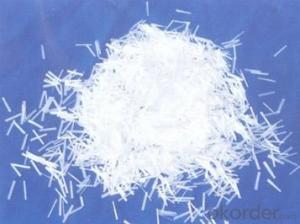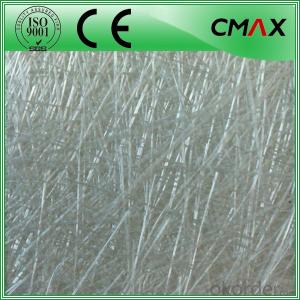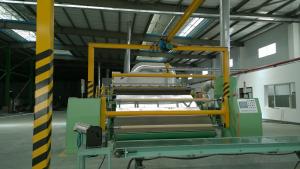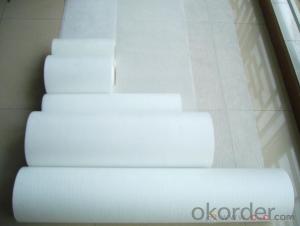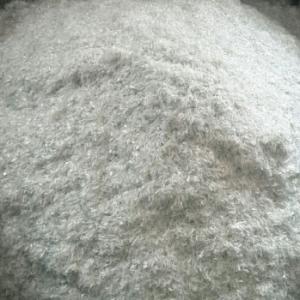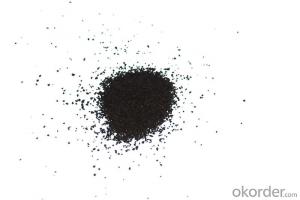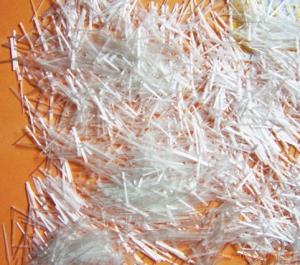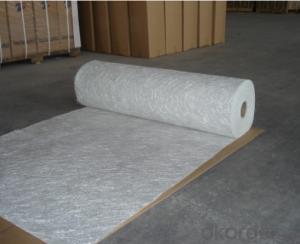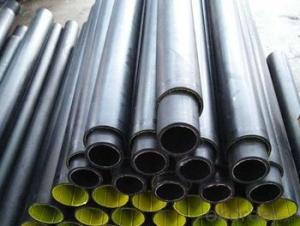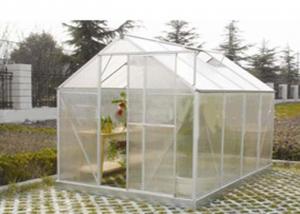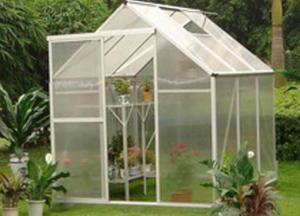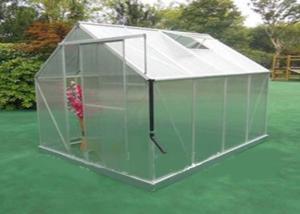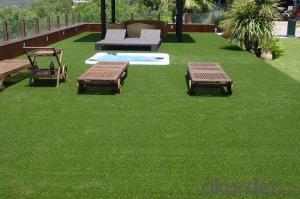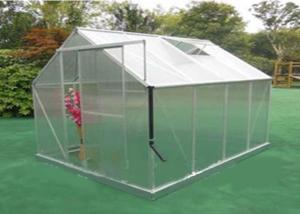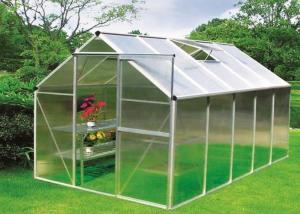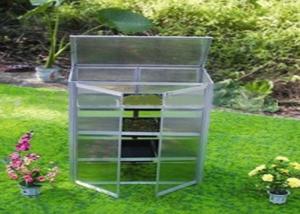Chopped Strand
Chopped Strand Related Searches
Chopped Strand Fibreglass Concrete Fiberglass Chopped Strand Fiberglass Chopped Strand Mat B Grade Chopped Strand Mat Chopped Strand Fiberglass Mat Zccy Fiberglass Chopped Strand Mat 300G/M2 E-Glass Chopped Strand Mat Flanged Bend Suspeded Ceiling Motorized Drapery Tumbled Stones Suspended Platform Emulsion And Chopped Glass Striped Tarpaulin Dismantling Piece Stacked Stone Exterior Siding Moving Tape Stretch Ceiling Rammed Earth Vinyl Trim Blade Boat Road Header Tex Trim Moving Truck Fabricated Wood Second Hand Garden Sheds Detachable Window Screen Engineered Wood Curved Sectional Sofa Natural GrassChopped Strand Supplier & Manufacturer from China
Chopped Strand, a type of reinforcing material, is widely used in various industries due to its high strength and durability. This product is made from randomly cut glass fibers, which are then used to enhance the properties of composite materials. The chopped strand is commonly utilized in applications such as construction, automotive, and marine industries, where it plays a crucial role in improving the structural integrity and performance of the final product. The versatility of chopped strand makes it an essential component in many manufacturing processes, providing a cost-effective solution for reinforcing materials.Okorder.com, as a leading wholesale supplier, offers a vast inventory of high-quality chopped strand products to cater to the diverse needs of various industries. Our extensive range ensures that customers can find the specific type of chopped strand that suits their requirements. With a commitment to quality and customer satisfaction, Okorder.com is the go-to destination for businesses seeking reliable and efficient chopped strand supplies.
Hot Products
